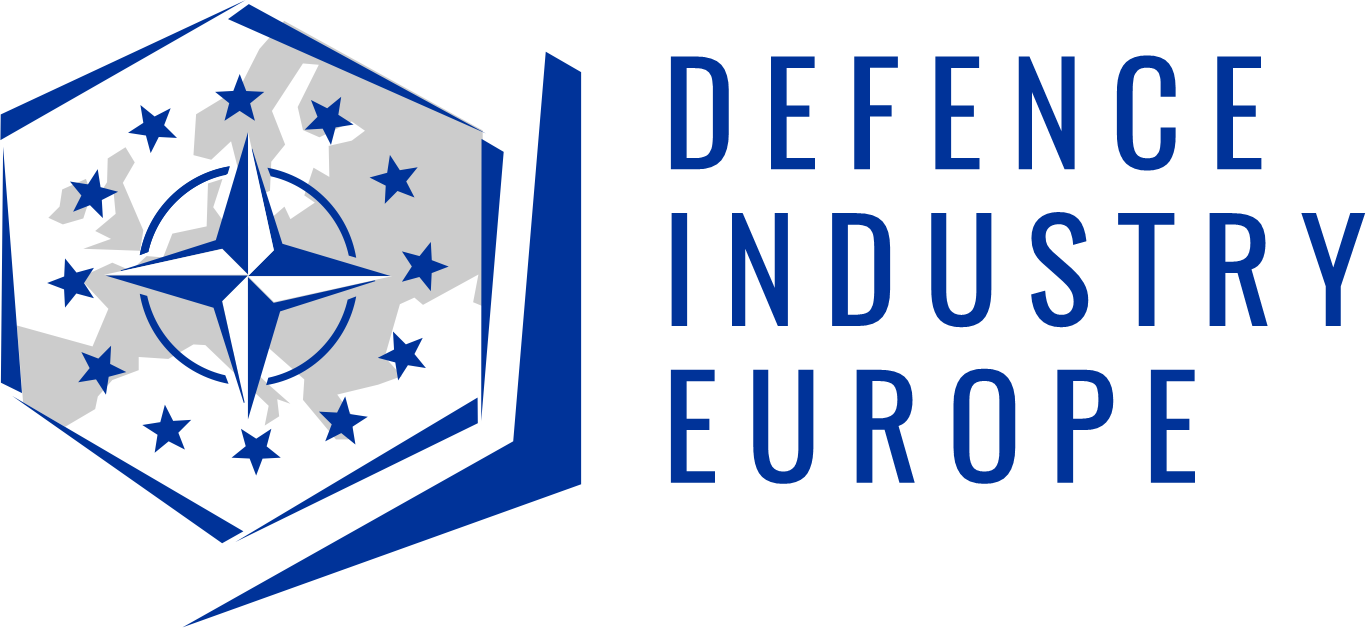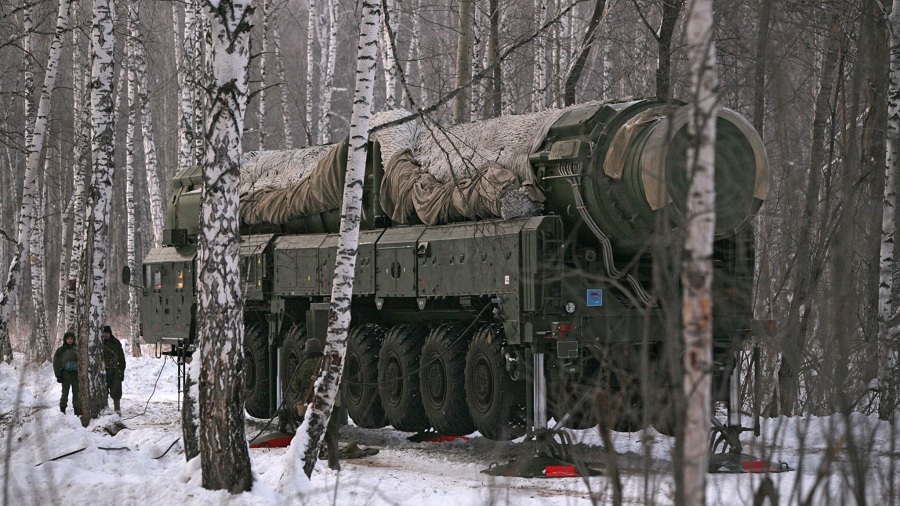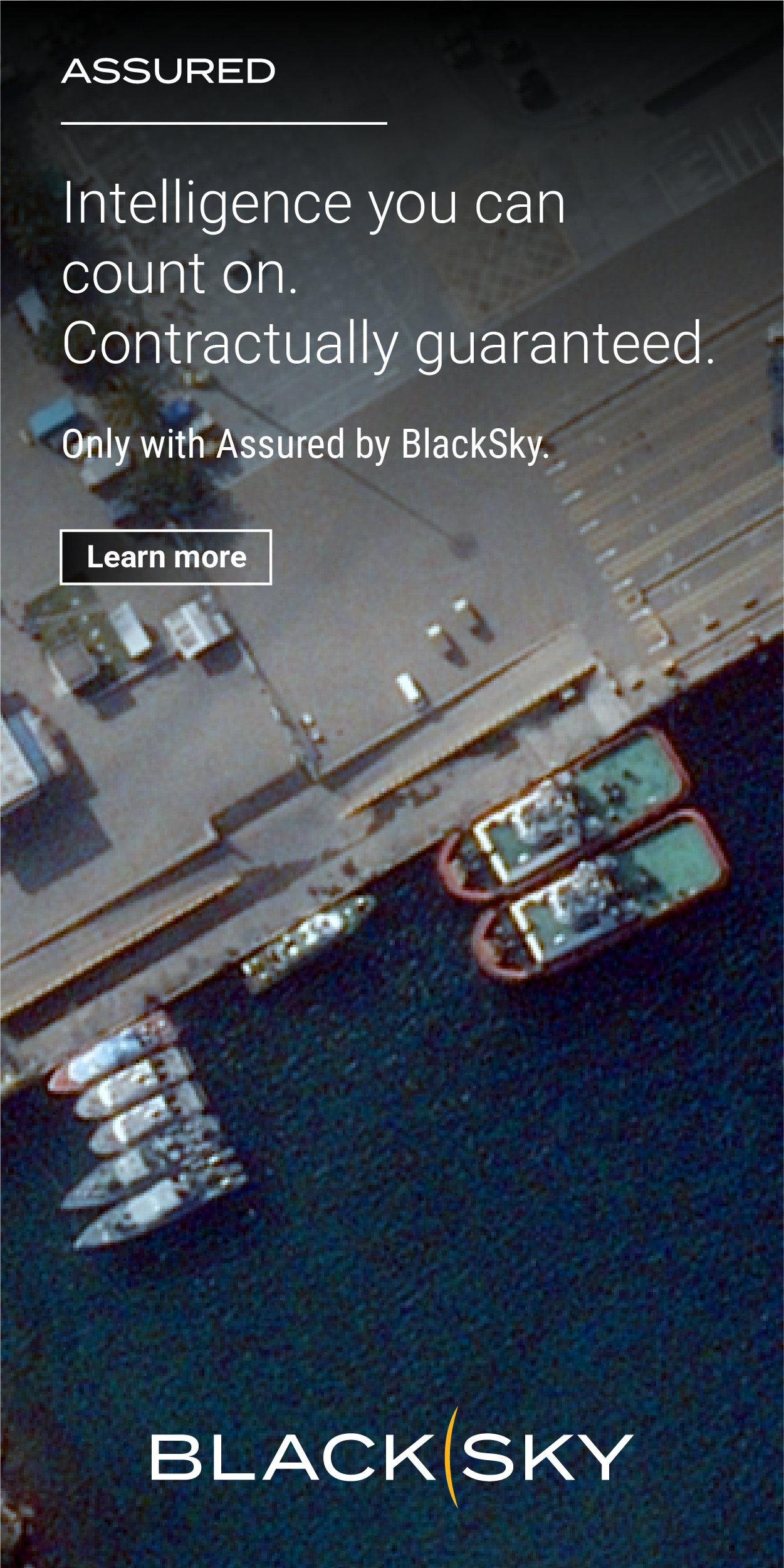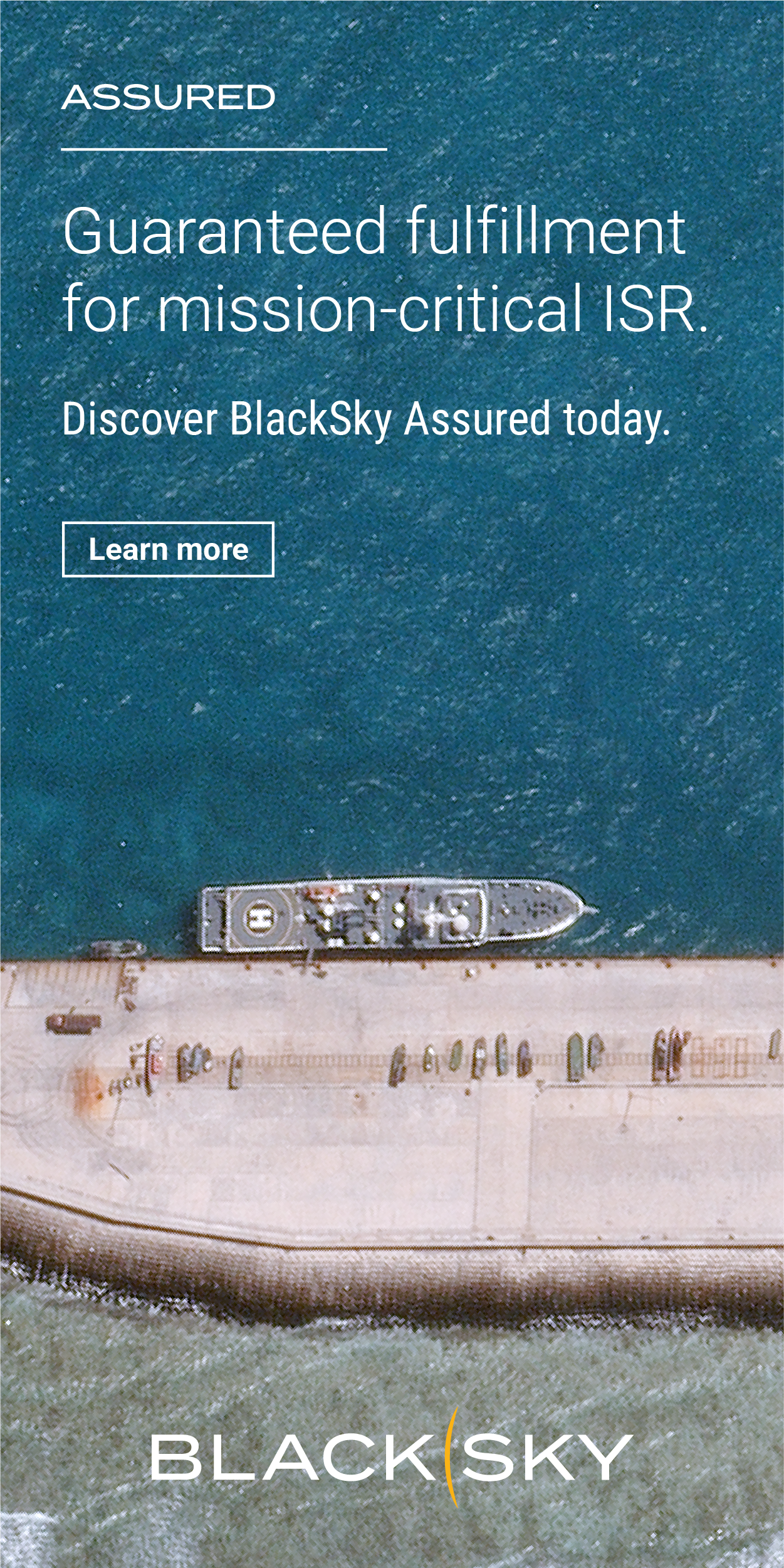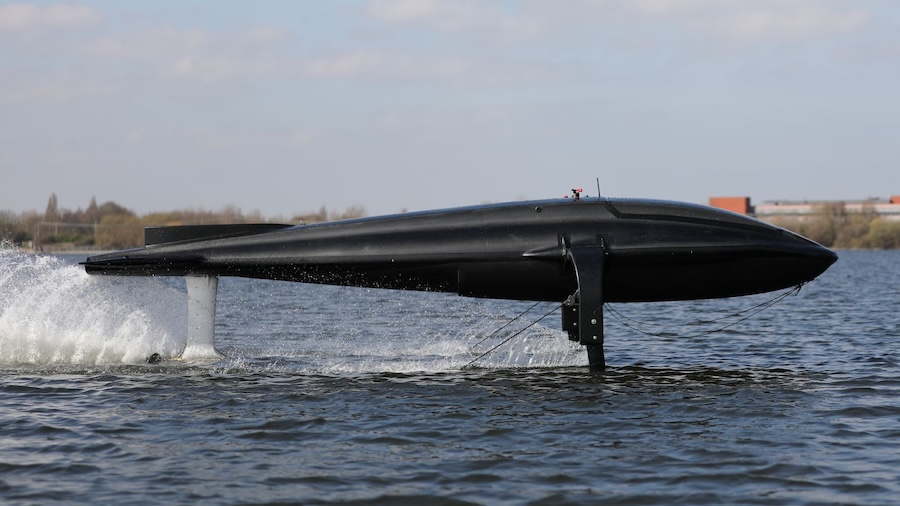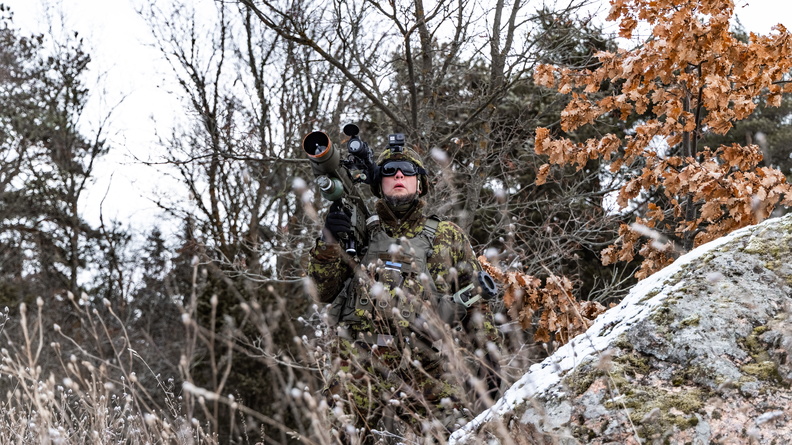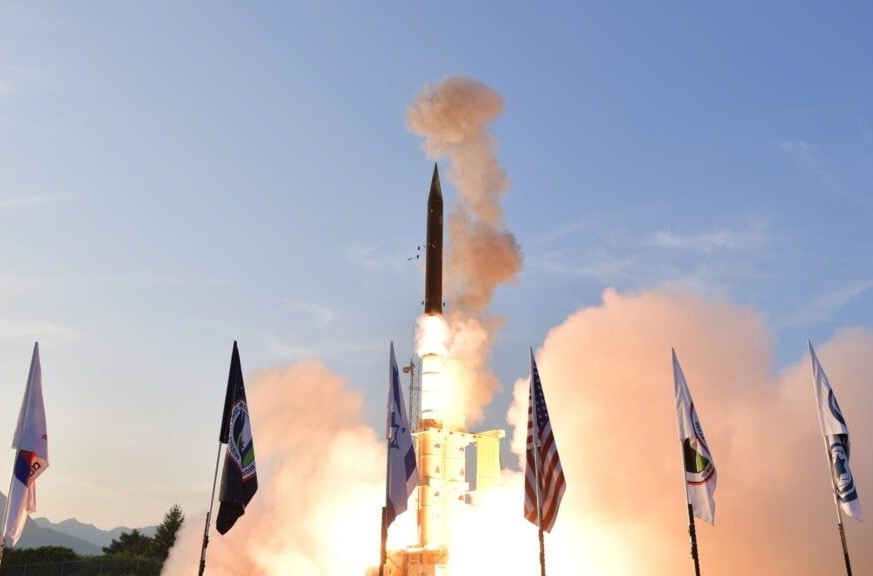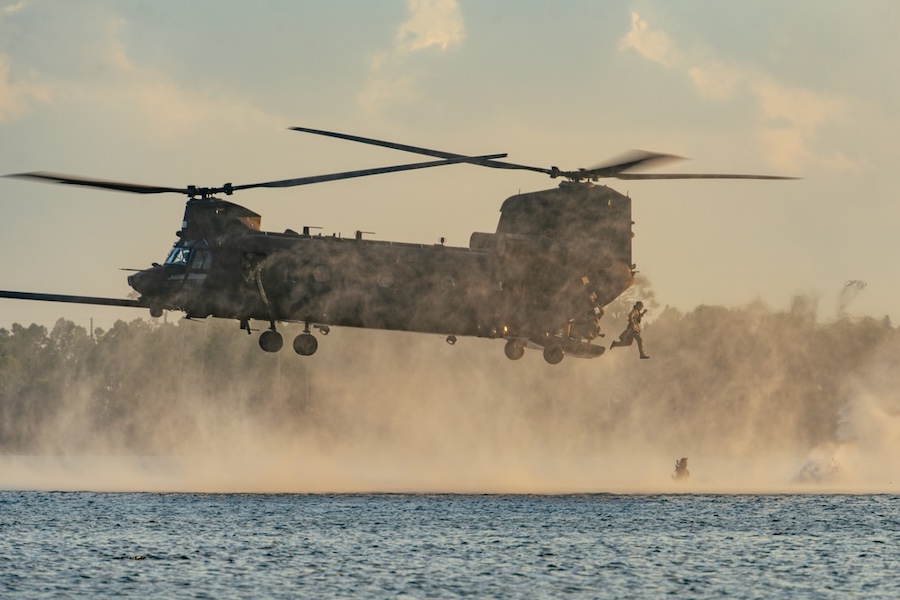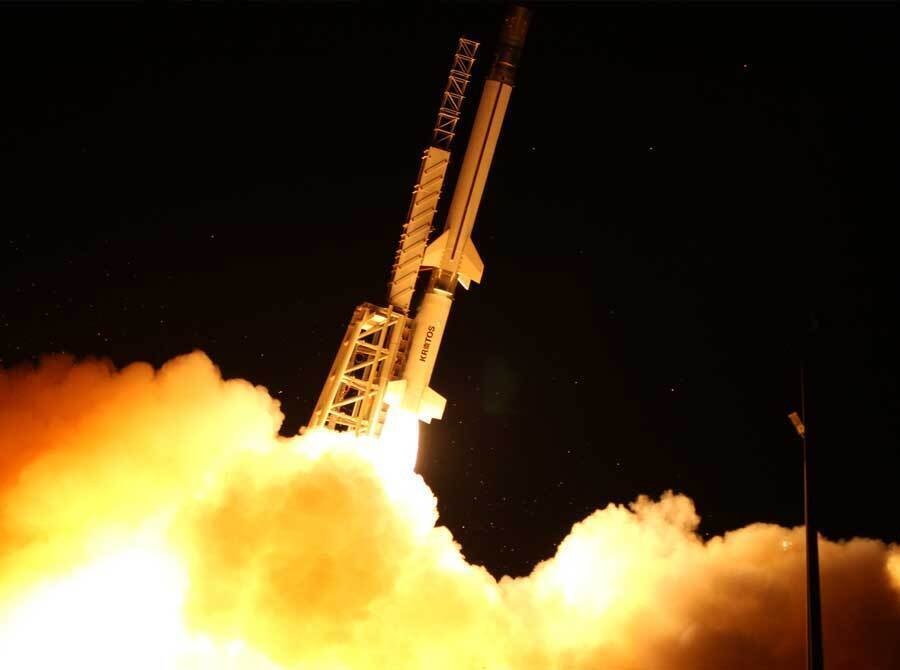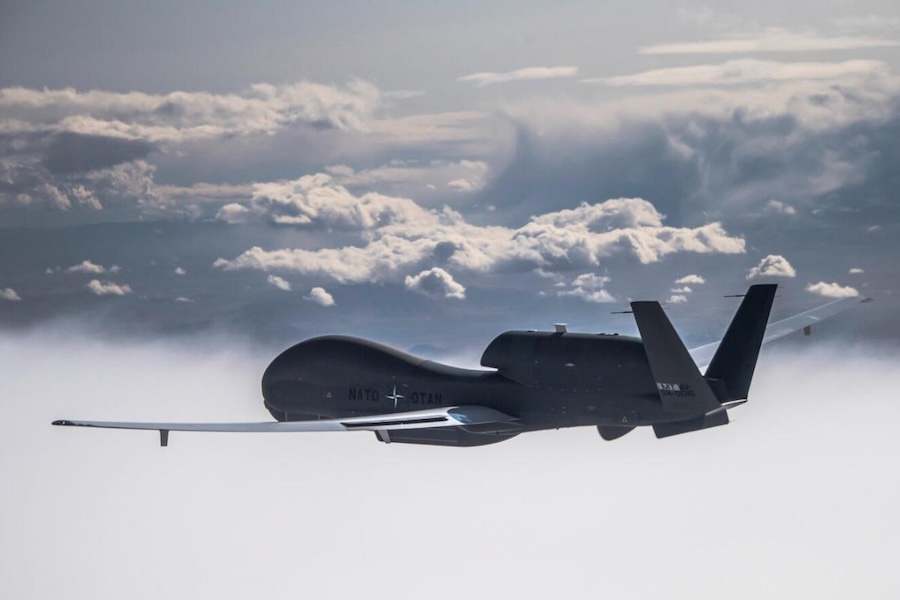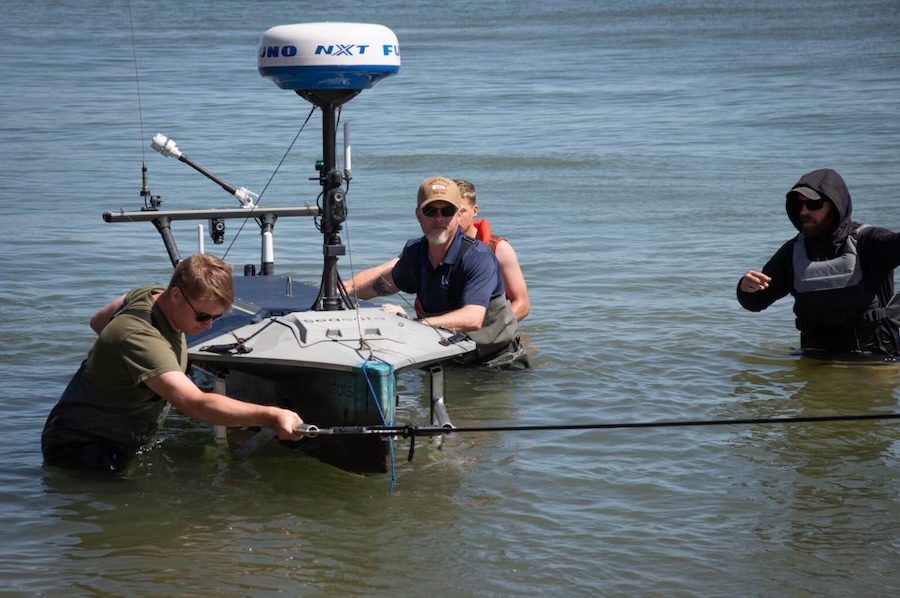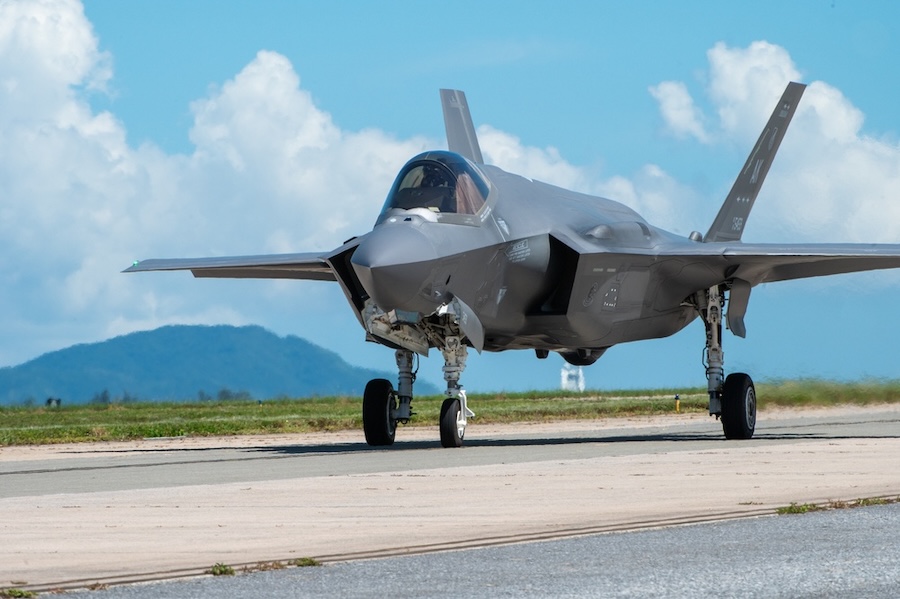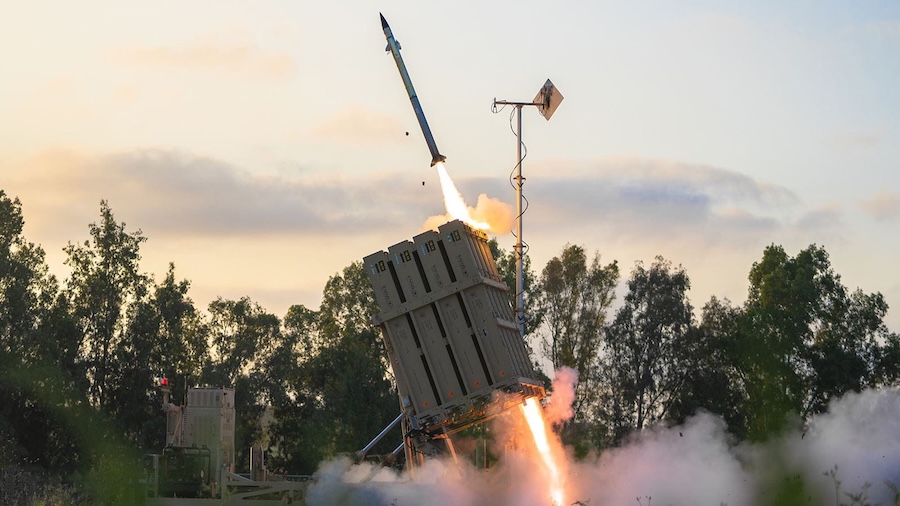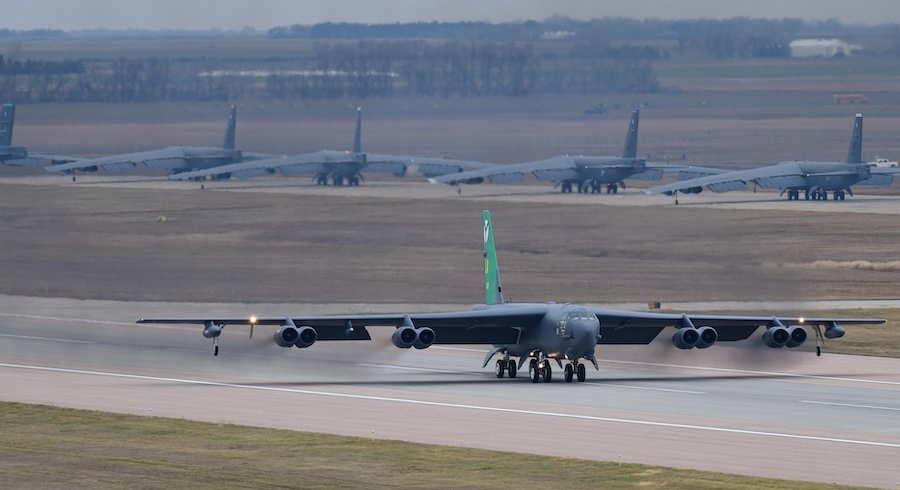Main changes
On 19 November, Russian leader Vladimir Putin signed an updated executive order on the Basic Principles of State Policy on Nuclear Deterrence, which replaces the 2020 document. Russia is lowering the declared threshold for the use of nuclear weapons, reserving the right of a nuclear response to a conventional strike that would be a “critical threat” to the sovereignty or territorial integrity of Russia or Belarus. Since 2010, this qualification applied to a conventional attack threatening “the very existence of a state” and applied only to Russia. While the earlier doctrine already assumed that nuclear weapons could be used in response to a nuclear or other attack with weapons of mass destruction against Russia and its allies, it now also allows a nuclear response to such strikes against Russian forces and installations abroad. Also new is the assertion that Russia may initiate nuclear retaliation after detecting the launch of a massive air or space attack against it involving, among other systems, aircraft, drones, or cruise missiles (it also invariably warns that it may respond in such a way to the detection of a ballistic missile attack).
The new doctrine indicates in more detail against whom Russia may use nuclear weapons. It again lists enemy states and coalitions, but also warns that an attack by a non-nuclear-weapon state supported by a nuclear-armed state will be treated as an attack by both of them, while an attack by one member of an alliance is to be treated as aggression by the entire bloc.
Russia has furthermore lengthened the list of military dangers whose emergence could lead to an increased threat to it and to the use of nuclear weapons. The decree now also lists—in addition to the proliferation and presence of weapons of mass destruction and means of their delivery, significant conventional forces, missile and anti-missile systems—the approximation of the infrastructure of hostile alliances to Russia’s borders, efforts to isolate parts of its territory, attacks on hazardous facilities in Russia that could lead to environmental disasters, the planning and conduct of large exercises near Russian borders or the creation of anti-satellite weapons.
Russia’s motivation
The publication of the updated doctrine is another attempt to heighten the fears of Western states of nuclear escalation and prompt them to reduce their military support to Ukraine. One of the justifications given by the Russian officials for starting work on changes to the doctrine several months ago was that past threats had failed to deter the West from gradually increasing such aid. The timing of the publication and some of the provisions of the new document are particularly in line with efforts to deter the U.S. and its allies from allowing Ukraine to use Western ballistic and cruise missiles to strike targets inside Russia. As recently as September, Putin warned, for example, that NATO countries would find themselves at war with Russia if such a step were taken. It was also back in September that he had previewed the main changes that found their way into the new doctrine. It is telling that the publication of the approved document came less than two days after media reported that the U.S. had agreed to Ukraine’s use of ATACMS missiles against North Korean and Russian forces engaged in operations in the Kursk region.
The increased role of nuclear weapons, which had already been high, in Russia’s security policy also reflects a weakening and overwhelming involvement of its conventional forces in the war against Ukraine. Some of the new provisions can also be seen as a response to technological developments (e.g., the growing combat capabilities of drones) or taking into account the presence of Russian forces in Ukraine and the strengthening of ties with Belarus (including the announcement of the deployment of nuclear weapons there). The expansion of the list of threats that could lead to escalation—already distinctive compared to doctrines among other nuclear states—should in turn be read as an attempt to discourage NATO countries from further strengthening their deterrence and defence capabilities, especially in the vicinity of Russia.
Risk of nuclear escalation
The changes in Russian nuclear doctrine should not be taken as an indication of the upcoming use of nuclear weapons in an ongoing conflict. The new wording still leaves considerable room for interpretation (e.g., “critical threat”), giving Russia considerable room for manoeuvre, similar to the doctrines of most nuclear powers. Documents of this type are intended to signal when a state may resort to nuclear weapons but do not make it automatic. Russia’s decision on whether to launch a nuclear strike will depend on Putin as president and on his calculations. A nuclear attack against Ukraine, let alone NATO, remains a very risky option for Russia. This is due to the possible international reaction, including a potential military response from the U.S. and allies, which could mean an escalation that would also be dangerous for Russia itself. Taking such a risk at this time would be all the more unjustifiable given that Russia has the upper hand on the battlefield in Ukraine and may be hoping to negotiate a deal favourable to it once Donald Trump takes office in the U.S. in January 2025.
Furthermore, contrary to statements by Putin’s spokesman Dmitry Peskov, Ukraine’s use of U.S.-provided ATACMS missiles in Russia only seems to qualify as crossing one of the thresholds enshrined in Russian doctrine. Russian considerations on possible retaliation for ballistic missile launches have for years applied to a major attack threatening Russia’s extensive nuclear arsenal and civilian-military leadership of the state (there is still a separate provision in the doctrine referring to such a scenario, and provisions for a response to a “massive” air and space attack should be seen in a similar context). Contrary to such a contingency, Ukraine has received a limited number of missiles with relatively short ranges from NATO members and uses them selectively. It is also noteworthy that Russia has not responded with nuclear weapons to long-running Ukrainian attacks carried out with Western missiles in occupied territories that Russia claims as its own, to drone strikes deep inside Russia, or the seizure of parts of the Kursk region by Ukrainian troops.
Implications for NATO
Russia’s continued attempts to intimidate the West with nuclear weapons—of which the publication of the updated doctrine is a part—confirms the importance of NATO states conducting a credible nuclear deterrence. Maintaining it during future crises may, however, require greater changes in the policy of the Alliance and its members. This would be especially the case if Russia felt that nuclear threats allowed it to win the war against Ukraine. This could encourage it to carry out further aggressions backed by nuclear intimidation, including against NATO countries such as Poland. The risk would arise if the attention of the U.S. and some of its forces involved in the nuclear mission were drawn away from Europe, for example, in the event of an Indo-Pacific war. Such risk would be minimised by European countries increasing their contributions to nuclear deterrence, including through greater participation in nuclear-sharing with the U.S. and strengthening the “European dimension” of French nuclear deterrence.
NATO also has to reckon with Russia taking additional steps in the near term to create the impression of a growing risk of escalation of the ongoing conflict. This would be aimed at strengthening the Russian position ahead of possible peace talks, testing NATO’s resolve and cohesion, and deterring the U.S. and allies from further lifting restrictions on Ukraine’s use of Western weapons in Russia. In addition to nuclear-related threats and demonstrations (verbal warnings, additional deployments and exercises of forces, and even a nuclear test detonation on its own territory), these could include hostile actions below the threshold of open aggression (further acts of sabotage and aggressive manoeuvres by Russian forces against aircraft of NATO countries, or even blinding reconnaissance satellites). This may require the Alliance to take additional steps to signal the credibility of deterrence, including nuclear deterrence.
*The title of the article has been changed by the Defence Industry Europe editorial team. You can read the original article at this link.



